…and, as a bonus, on the Leica M240.
When I tested the Zeiss 35 mm f/2 Biogon ZM on the a7S, I thought it was the worst-case lens for the camera.
Wrong.
I received a request to try the Leica 28mm f/2.8 Elmarit ASPH on the a7S. “Why not?” I thought, but I didn’t really expect a problem. The first set of results were so bad that I thought I’d screwed up somehow. I went back and re-tested, this time with the camera on a tripod, and critically focusing with a loupe on the LCD screen.
Still bad.
Focus curvature? Could be. I went back and used the a7S’s great movable magnified live view — are you listening, Leica? — to focus on the upper right corner. Better, but still not great.
I put the lens on the Leica M240 and clipped the camera into the tripod. That’s more like it. The 28mm Elmarit is never going to be the sharpest lens in the drawer, but it’s much better on the Leica than on the Sony.
Here come the images. I’ll leave out the Expodisc pictures. All you need to know is the 28mm Elmarit on the a7S has virtually no corner casts.
The scene with the a7S:
The scene with the M240. Notice the large differences in color rendering. All images developed in Lr 5.5. WB set to Daylight:
Tight crops of the upper right corner, scaled to compensate approximately for the resolution differences between the two cameras.
Note: the 28 exhibits some curvature of field. Since I could put the magnified live vie rectangle anywhere I wanted to with the Sony, I put it right on the tree in the upper right, thus compensating for curvature of field. With the M240, I didn’t have that option, so I focused in the center of the frame. As it turned out, the Leica won walking away anyway:
a7S f/2.8
M240 f/2.8
The Sony is much blurrier.
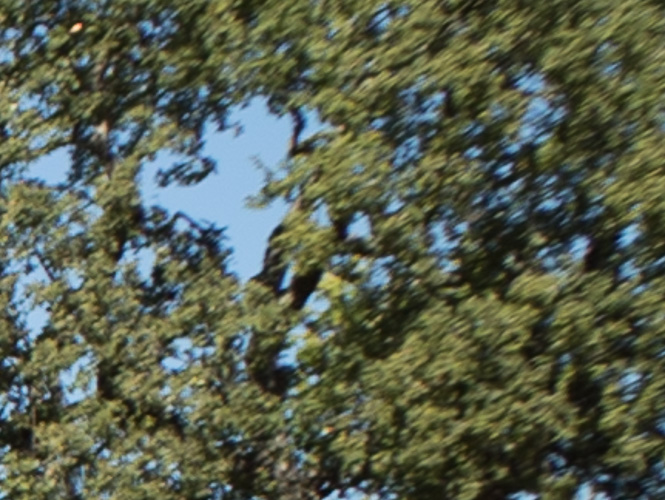
M240 f/4
The Sony is still blurrier. This is a much larger difference than could be explained my the sensor resolution difference.
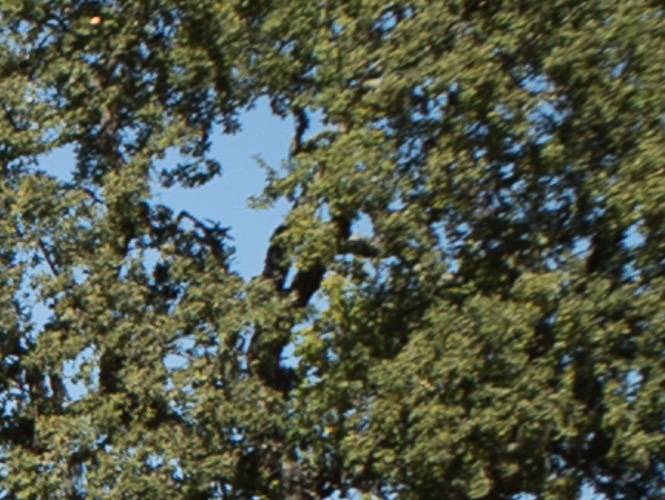
M240 f/5.6
At f/5.6, the quality of the two images is beginning to converge, but the Leica is still the winner.
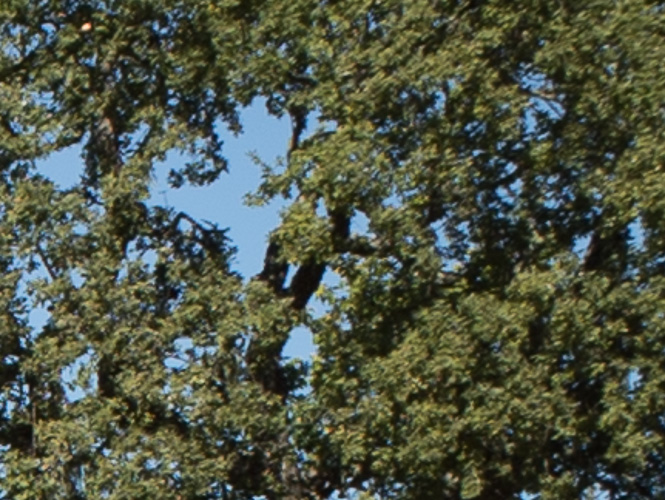
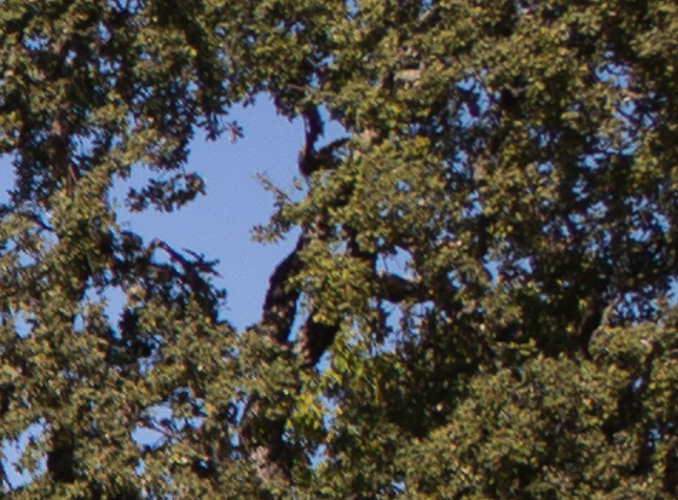
By f/8 it’s about a tie.
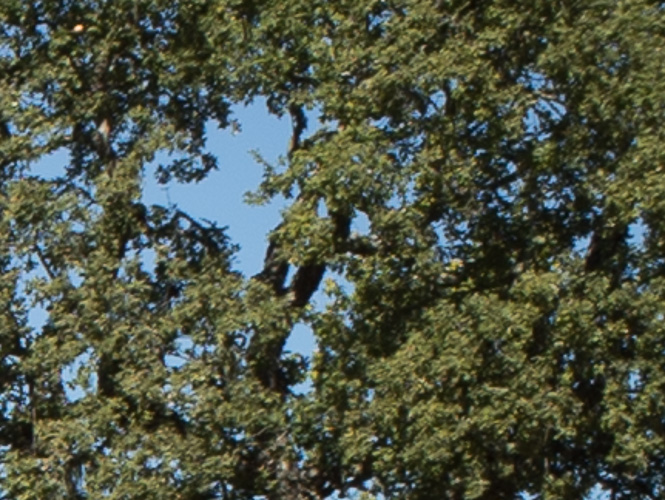
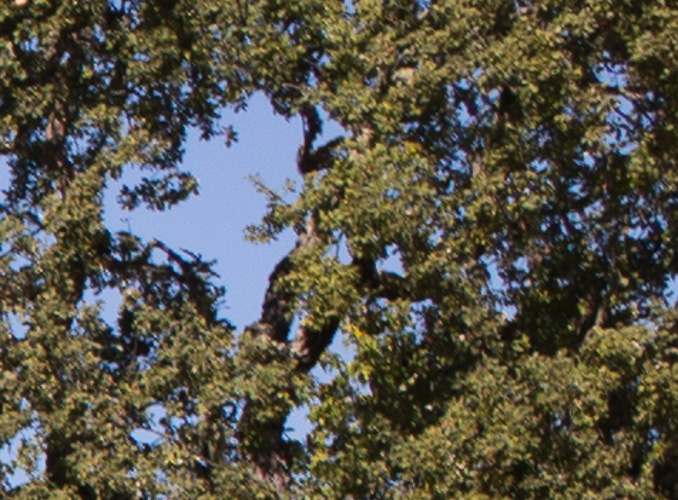
The parity continues at f/11.
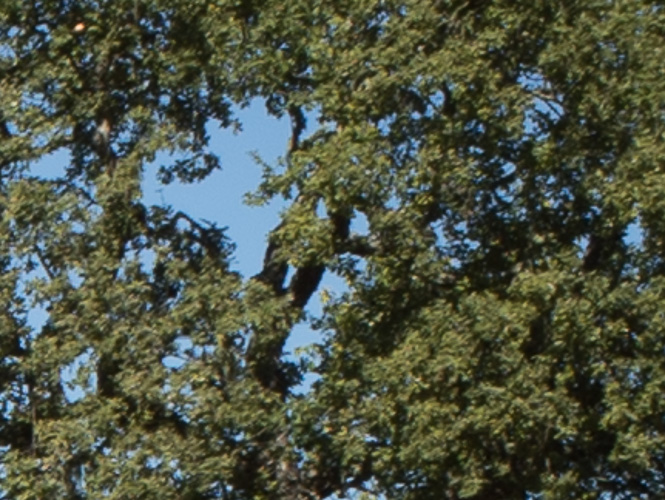
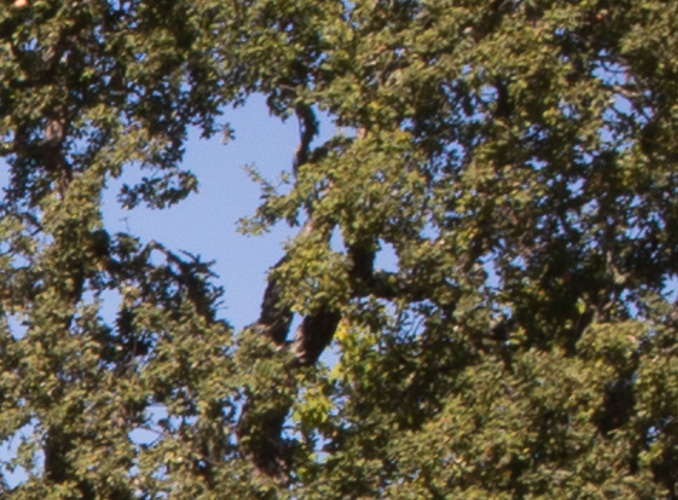
Diffraction is starting to rear its ugly head, and the two cameras are neck and neck.
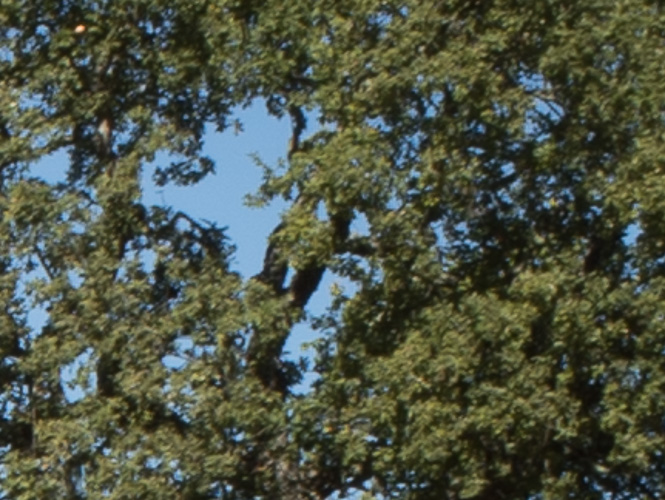
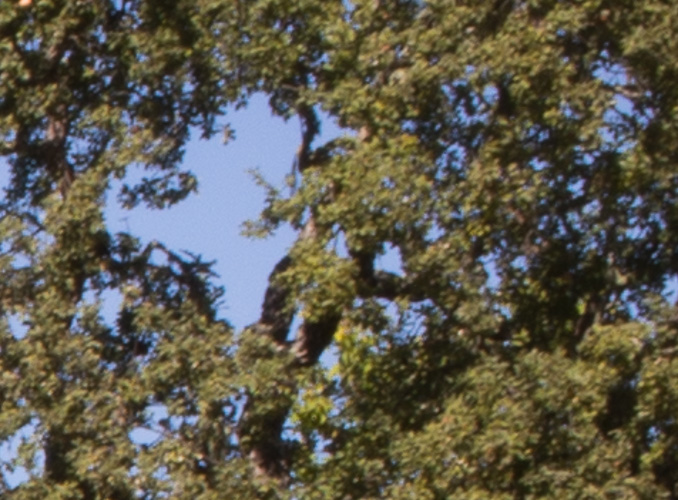
Both images are equally soft.
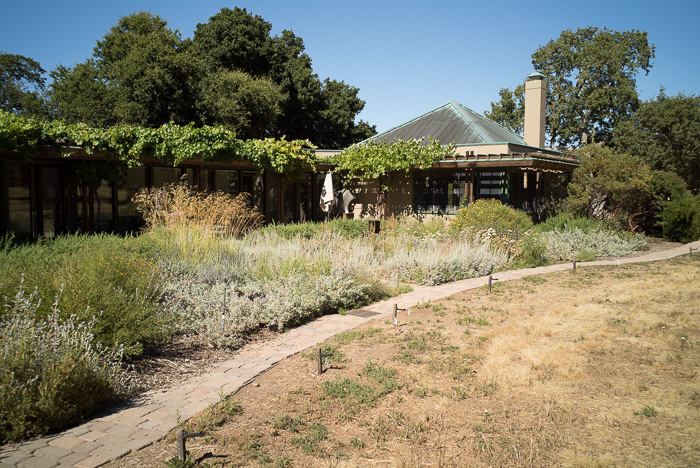
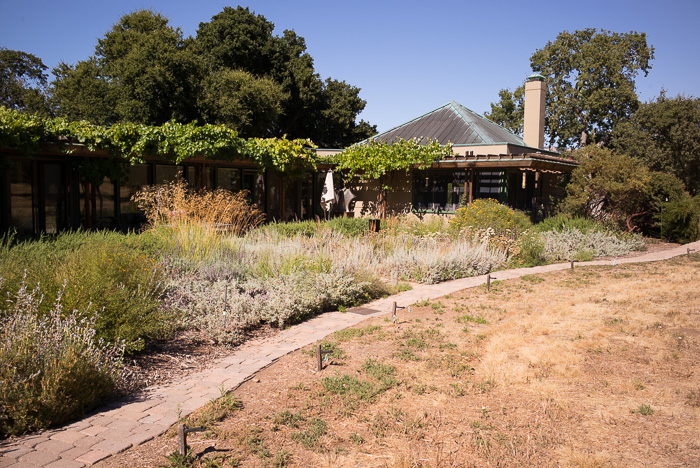
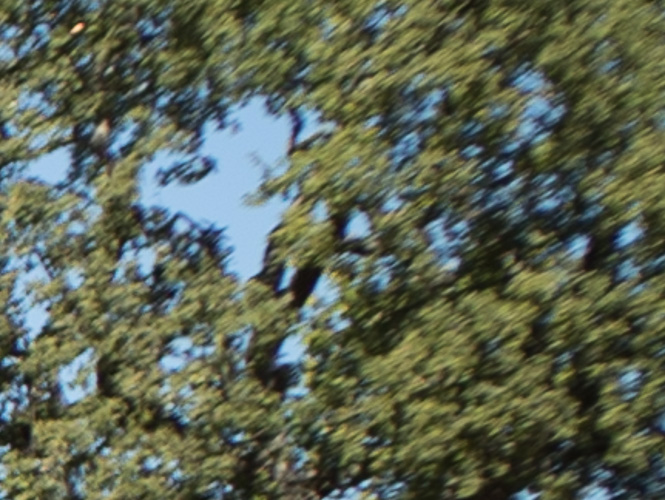
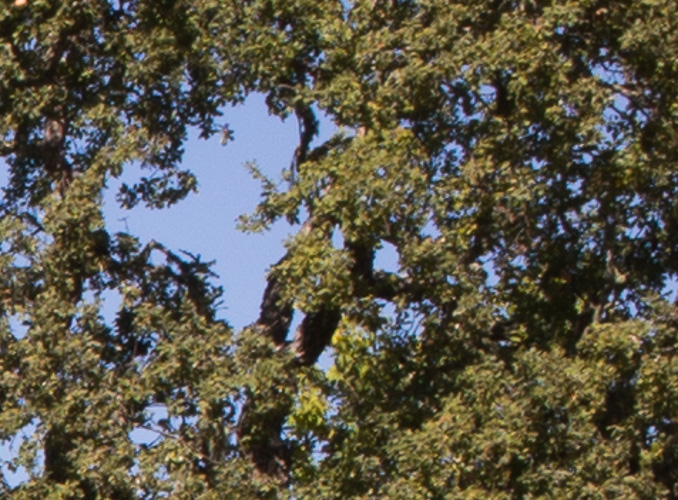
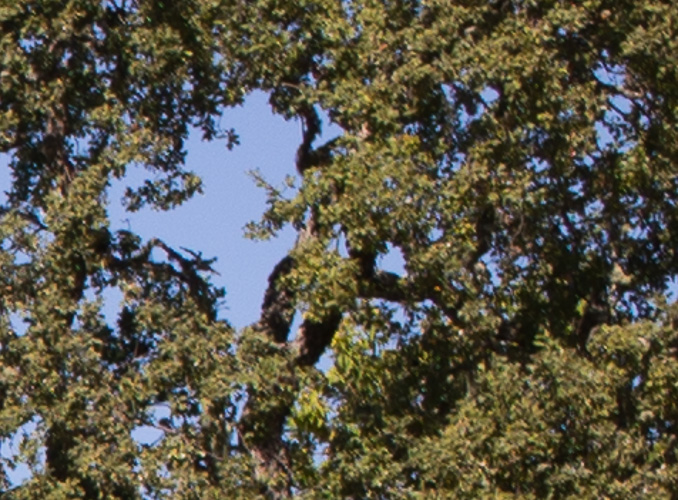
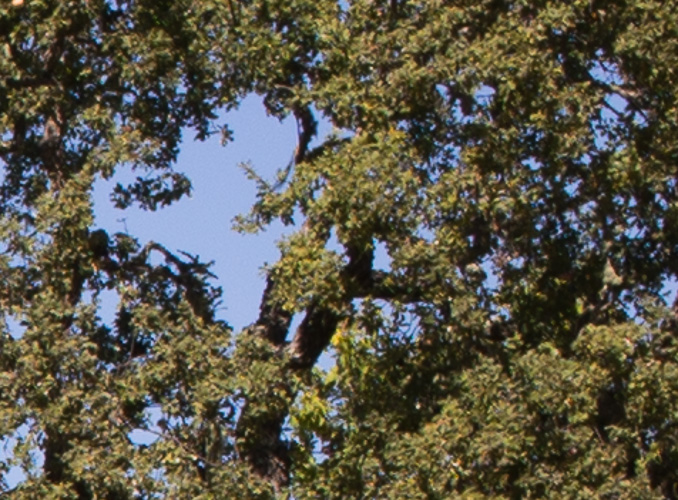
Anu says
Maybe the A7S has very thick AA-filter? I imagine that is the case due to the low resolution needing significant blur to prevent alising. That should explain the hideous corners.
Can you test the field curvature of a lens between A7S, A7 and A7r? This could give some interesting results. A7 certainly increases the field curvature significantly for lenses with exit pupil even moderately close to the image plane (CV 50/1.5 has exit pupil at approximately 46.5mm, yet the field curvature increase is significant, the CV 12/5.6 with it’s approx. 30mm exit pupil distance has absolutely ridicilous field curvature on A7.
Excellent blog btw, I really enjoy reading it.
Jim says
It could, but I don’t have a way to test field curvature. I can tell if it’s there, but I can’t measure it.
Jim
Jack Hogan says
Hi Jim,
Yeah, could differing sensor stacks justify the difference in performance between the two bodies? http://www.lensrentals.com/blog/2014/07/sensor-stack-thickness-part-iii-the-summary
Jim says
Jack, I doubt if Sony has differing cover glass thickness across their E-mount camera line. If they did, their own E-mount lenses would give inconsistent corner performance, and they sure don’t want that.
I’m now thinking that the corner color casts are mostly (entirely?) due to the sensor itself, with larger pixels giving more neutral corners. I think the nature of the corner smearing is also dependent on sensor resolution, with smaller-pixel sensors being able to resolve the smearing better, and thus the problem appears worse on the smaller-pixel sensors.
There are probably effects of the microlenses and the constriction of the photodetectors themselves, but I know of no way to get a handle on that.
Not simple…
Jim
Heiner says
Hello,
if it is really a problem with the micro lenses, do you think it would be possible to correct for it with another lens, e.g. like the Metabones Speedsters do for FF lenses on APS-C bodies?
Heiner
Euda half says
leica made microlens shift of sensor from center to corner . since m9 for their lens